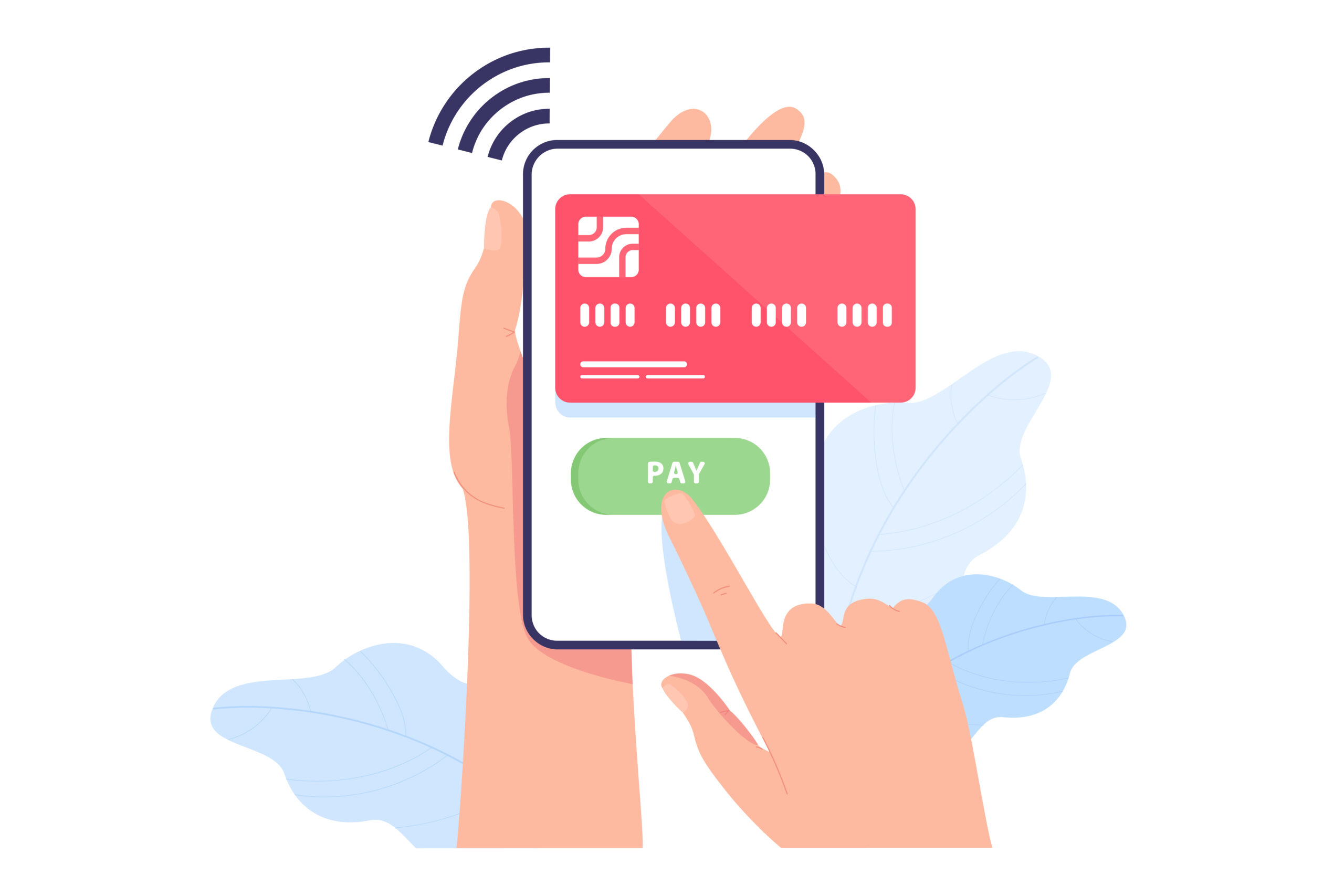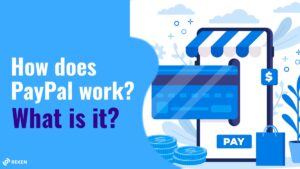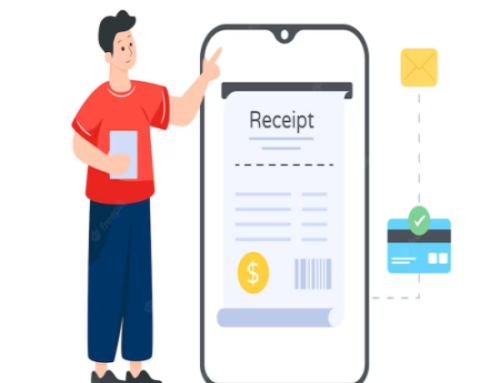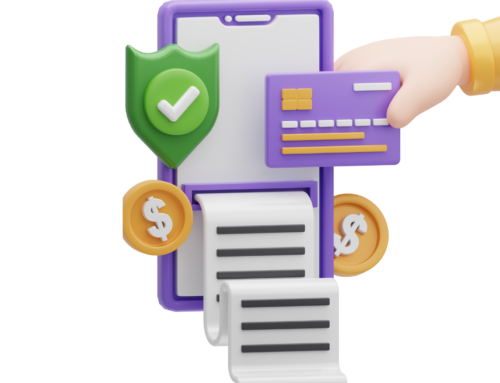PayPal is a payment platform that lets people send and receive money online. It has a website and a phone app. Customers sign up for a PayPal account and link it to a bank account, a credit card, or both.
Once a user’s identity and proof of funds have been checked, they can use PayPal to send or receive money online or in a store. PayPal is used by millions of small and big stores, both online and in real life. PayPal also has credit cards and debit cards with its name on them.
How do you use PayPal?
PayPal is a way for people and businesses that accept PayPal to send and receive money. In brick-and-mortar stores, vendors use a PayPal card reader. On their websites, they offer PayPal as a way to pay.
People can easily pay bills and send money to other people. Even if the person doesn’t have a PayPal account, money can be sent to any phone number or email address. For users to sign up for an account, they need an email address and a credit card, debit card, or bank account. First before service can be used, PayPal checks the information to make sure that the individual setting the account is indeed the rightful owner.
Online shoppers can choose to pay for their purchases with PayPal if the store offers the service. Transactions are finished in a few minutes, and the company promises that transfers can be paid out or taken out of a bank account right away.
PayPal for Enterprise
PayPal has a variety of ways for businesses to run their day-to-day business. This includes payment portals for both online and also in transactions, business administration services, and credit as well as financing options. To set up an account, company owners must also give an email address. PayPal tries to make online shopping safer by giving people a way to pay for things without giving out their credit card or bank account numbers. So, the money is safe and private, and because there are so many users, exchanges are faster than with traditional methods.
PayPal Payments
PayPal makes most of its money from the fees it charges merchants, not from the people who use it to buy things. When you use your PayPal balance or a linked bank account to pay for a transaction in your home currency, there are no fees. If you send cash to a friend or family member instead of a business, again in one’s home currency, there is no fee. There is no charge to move money between your bank account and PayPal.
There are payments for other transactions:
- Most transactions that involve changing currencies cost an extra 4%
- When you use a credit card linked to your PayPal account, there is a 2.9% fee plus a fixed payment that varies by country. In the U.S., it costs 0.30 cents.
- The trick is to make sure that your PayPal account default settings to your deposit account and not to your credit card.
- The credit cards and debit cards with the PayPal logo have their very own fee structures, which seem to be pretty standard for the industry.
Does a Small Business Have a Case for Using PayPal?
PayPal is one of many companies that compete for small business customers, but it is one of the biggest. It’s easy for merchants to use and gives them access to a lot of extra features that can help them run their small business. One of its problems is that its merchant fees are higher than those of some credit card payment services.
Is PayPal a Better Option for Customers?
If you’re making purchases in the U.S., you may only have the option of paying with a credit or debit card or PayPal at the checkout. It might save you the most money, since you can use PayPal to pay directly from your bank account and avoid all fees. When you shop in the real world, you can choose from many payment apps. Compare payment apps to find the one that works best for you.
Read more: Describe UPI (Unified Payment Interface)








